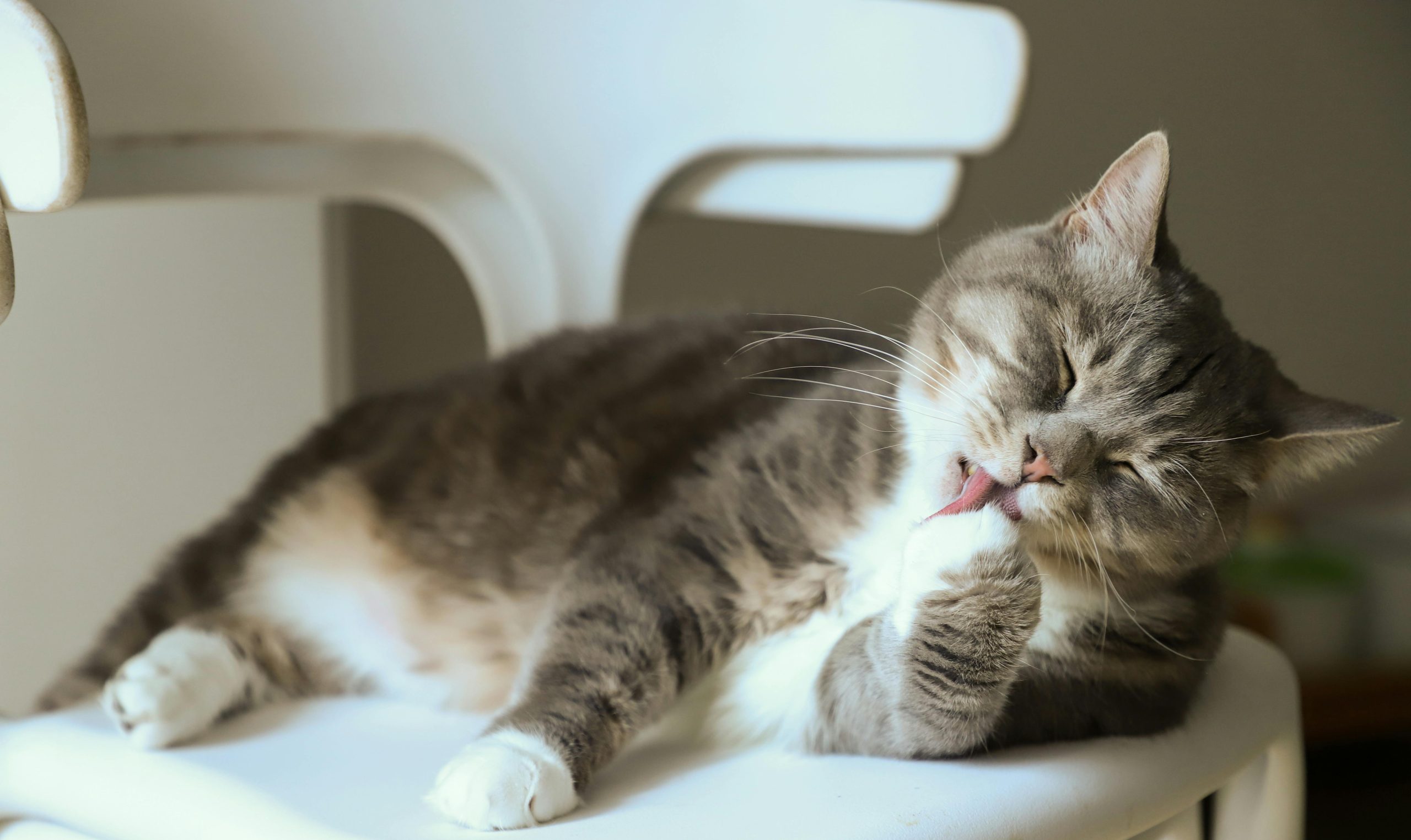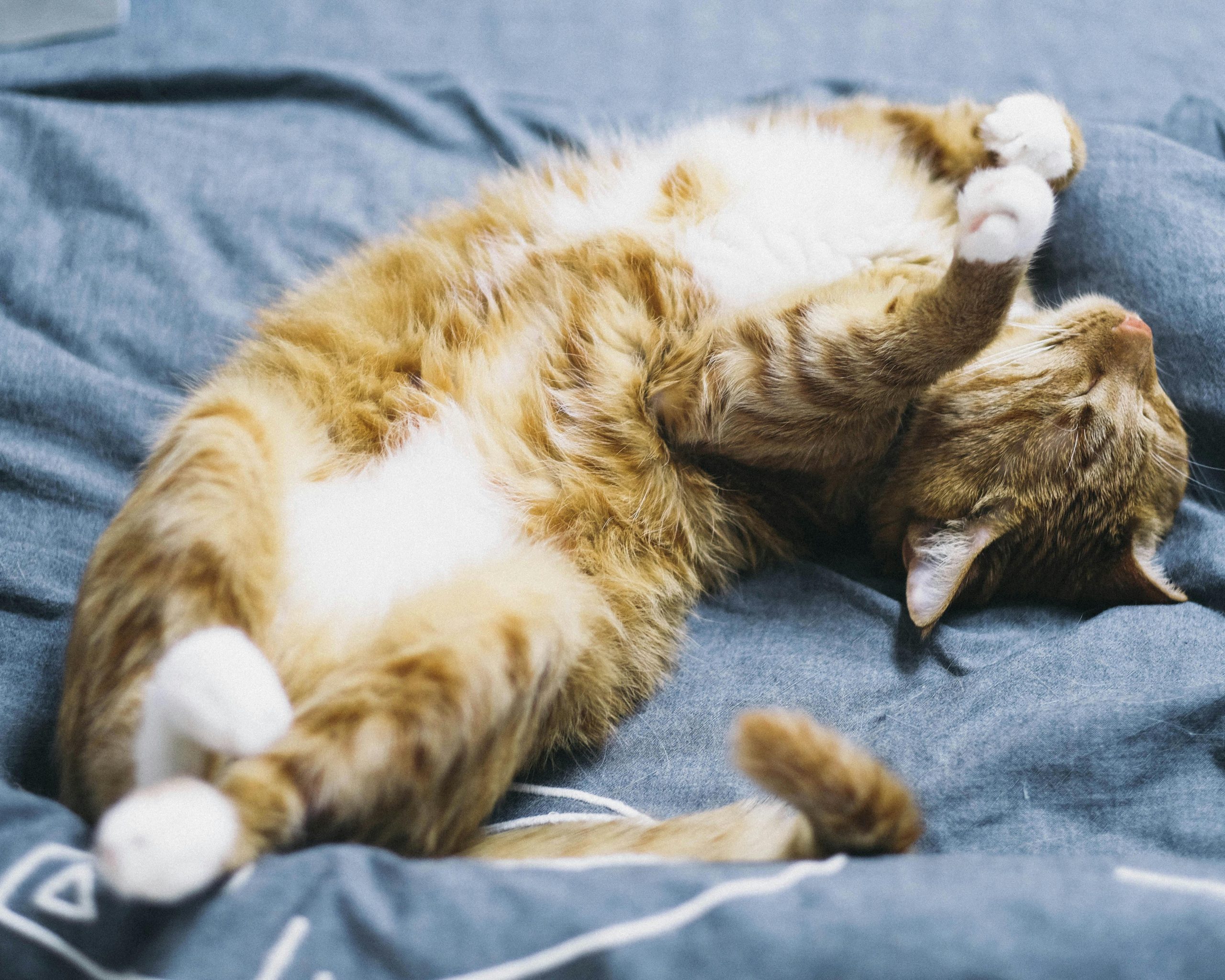Discovering that your beloved cat has been stung by an insect can be a cause for concern. Insect stings can be painful and may cause an allergic reaction in some cats. It is important to take immediate action to alleviate your cat’s discomfort and prevent any potential complications. This article provides a comprehensive guide on how to treat a cat that has been stung by an insect.

Identifying the Sting
The first step in treating a cat that has been stung by an insect is to identify the source of the sting. This will help determine the appropriate course of action and any potential risks involved. Here are some key points to consider when identifying the sting:
- Observe the cat: Look for signs of distress, such as excessive licking or scratching at the affected area. Swelling, redness, and localized pain are also common symptoms of a sting.
- Search for the stinger: Some insects, like bees, leave their stingers embedded in the skin. If you can see a stinger, it is important to remove it carefully to prevent further venom release.
- Consider the location: The location of the sting can provide clues about the type of insect involved. For example, if the sting is near a beehive or in a garden, it is more likely to be a bee or wasp sting.
Once you have identified the sting, you can proceed with the appropriate treatment based on the type of insect involved and the severity of the reaction.

Treating the Sting
When treating a cat that has been stung by an insect, it is important to prioritize their comfort and wellbeing. Here are the key steps to follow when treating the sting:
- Remove the stinger: If a stinger is visible, use a pair of tweezers or a credit card to carefully scrape it off the skin. Avoid using your fingers or squeezing the stinger, as this can release more venom.
- Clean the area: Gently clean the affected area with mild soap and warm water to prevent infection. Pat the area dry with a clean towel or tissue.
- Apply a cold compress: Placing a cold compress or an ice pack wrapped in a cloth on the sting site can help reduce swelling and alleviate pain. Make sure to keep the compress on for 10-15 minutes at a time, with breaks in between.
- Administer pain relief: Over-the-counter pain medications for cats, such as acetaminophen or ibuprofen, should not be given without consulting a veterinarian. They can be toxic to cats and cause serious complications. It is best to seek professional advice before administering any medication.
- Monitor for allergic reactions: Keep a close eye on your cat for any signs of an allergic reaction, such as difficulty breathing, excessive swelling, or vomiting. If you notice any of these symptoms, seek immediate veterinary care.
- Prevent further stings: To prevent future stings, it is essential to identify and eliminate the source of the problem. For example, if your cat was stung by a bee in your garden, you may need to remove beehives or relocate your cat’s outdoor activities.

When to Seek Veterinary Care
While most insect stings can be treated at home, there are situations where veterinary care is necessary. Here are some indications that you should seek professional help:
- Allergic reactions: If your cat exhibits severe allergic reactions, such as difficulty breathing, facial swelling, or collapse, it is crucial to seek immediate veterinary care. These reactions can be life-threatening and require prompt medical attention.
- Multiple stings: If your cat has been stung multiple times or shows signs of an excessive reaction to a single sting, it is advisable to consult a veterinarian. Multiple stings can overwhelm the body’s immune system and lead to complications.
- Stings in sensitive areas: If the sting is located near the eyes, mouth, or throat, it is important to seek professional help. Insect stings in these areas can cause significant swelling and potentially obstruct the airway.
- Duration of symptoms: If your cat’s symptoms persist or worsen after a few hours, it is recommended to consult a veterinarian. Prolonged or worsening symptoms may indicate an infection or a more severe reaction.
- Pre-existing health conditions: Cats with pre-existing health conditions, such as heart disease or respiratory problems, may be more susceptible to complications from insect stings. It is advisable to seek veterinary care to ensure their safety and well-being.
Remember, the well-being of your cat is of utmost importance, and it is always better to err on the side of caution when it comes to their health.

Conclusion
Discovering that your cat has been stung by an insect can be a worrisome experience, but with prompt and appropriate treatment, you can help alleviate their discomfort and ensure a speedy recovery. Remember to identify the sting, remove the stinger if present, clean the area, apply a cold compress, and monitor for any signs of allergic reactions. While most insect stings can be treated at home, it is important to seek veterinary care if your cat shows severe allergic reactions, has multiple stings, or if the sting is in a sensitive area. By taking the necessary precautions and providing proper care, you can help your feline companion bounce back from a sting and return to their happy, playful self.
Leave a Reply